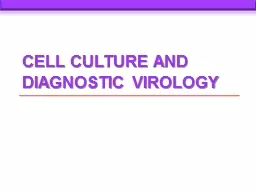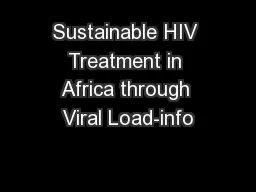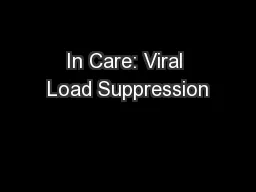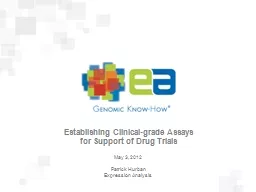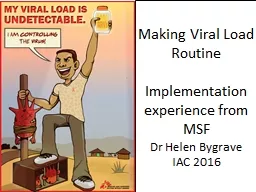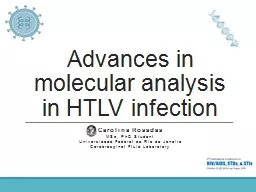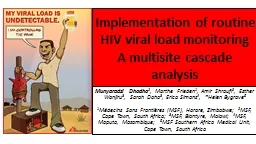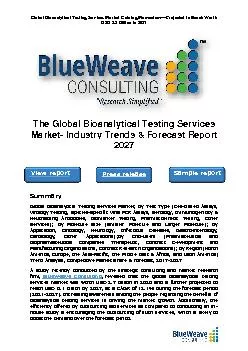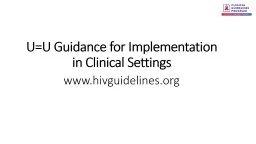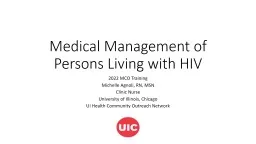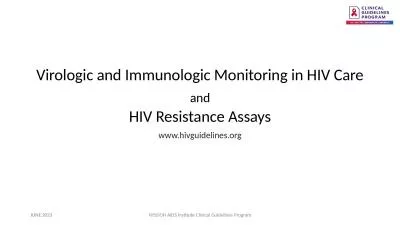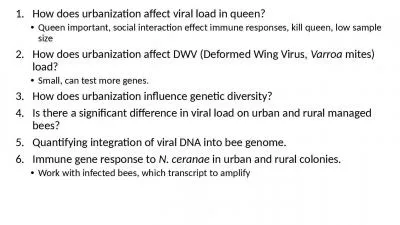PDF-Validation of Viral Load Assays
Author : elise | Published Date : 2022-10-13
for Diagnostics New York States Experience Monica M Parker PhD Reflexing to an HCV RNA test after a reactive antibody test is the recommended practice for laboratories 2 Several
Presentation Embed Code
Download Presentation
Download Presentation The PPT/PDF document "Validation of Viral Load Assays" is the property of its rightful owner. Permission is granted to download and print the materials on this website for personal, non-commercial use only, and to display it on your personal computer provided you do not modify the materials and that you retain all copyright notices contained in the materials. By downloading content from our website, you accept the terms of this agreement.
Validation of Viral Load Assays: Transcript
Download Rules Of Document
"Validation of Viral Load Assays"The content belongs to its owner. You may download and print it for personal use, without modification, and keep all copyright notices. By downloading, you agree to these terms.
Related Documents


